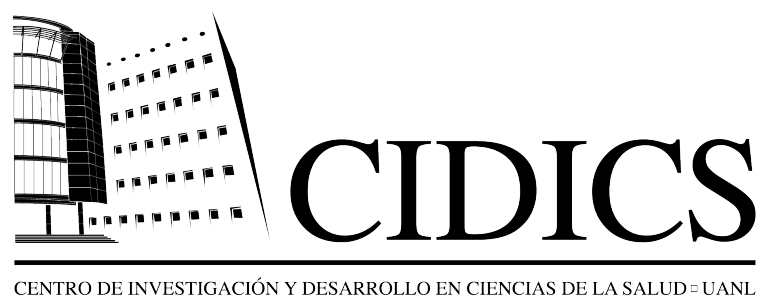Lecture: “Sexual Transmission Diseases and Pregnancy Prevention”
On the second day of the 25th National Week of Science and Technology, PhD Raquel Benavides Torres, Chief of the Nursing Unit of CIDICS and Teacher of the Nursery School of the UANL, held the lecture. The lecture was attended by students of the CONALEP (National School of Professional – Technical Education) Unit San Bernabé, whom participated actively during the lecture. There was also a guided visit to the Tissue Engineering, Emergent Pathogens, and General Dentistry and Specialties Units.
During the lecture, MD Benavides Torres mentioned sexuality has turned into an important aspect on the lives of people, including teenagers, and that most parents do not know how to talk about sexuality with their sons, because it may be perceived as a prohibited topic; this can lead to damage in trust and learning on sexuality. The importance of promoting sexual health on young people was emphasized, for them to be aware of unwanted pregnancies and sexual transmitted diseases, like AIDS.
To prevent an unwanted pregnancy, women and men equally must know the menstrual cycle. By having a registry of the cycle, it is easier to know when a woman is fertile. The fertile period means the laps where a pregnancy can occur. It is important to highlight that abstaining from having sex during fertile days, does not mean a pregnancy will not occur, and it does not prevent sexual transmission diseases.
Contraceptive methods are used to reduce the possibilities of a pregnancy during sex. It is important to consult a physician so he/she can recommend the best option for every individual’s body and own preferences. There are four contraceptive methods: barrier method, hormonal, surgical or definitive, and natural.
One of the first causes of death on young people is STDS. It is said that a million people contract an STD every day. These are infectious diseases that are transmitted from one person to another when having unprotected sex. This can cause severe diseases, infertility, disabilities, and even death.
HIV and AIDS are two different things. HIV is the acronym of human immunodeficiency virus caused by AIDS. HIV weakens the immunological system, slowly destroying it, and it attacks CD4 cells which is the variety of white cells hat act as coordinators of the immunological system. HIV infection can last from 10 to 11 ears and it may not manifest any symptom at all, but it can be transmitted.
AIDS is the manifestation of HIV infection. It is the consequence of the infection by the virus and it attacks the immunological system, weakening the defenses of the body and leaving it vulnerable to a great amount of infections and mortal diseases that would not be a problem if the immunological system were to be healthy. “Every individual with HIV doesn’t have AIDS, but every individual with AIDS have HIV”, mentioned PhD Raquel Benavides.
To this day, there is no vaccine to prevent HIV, neither a cure to it; however, there are preventive measures like abstinence, the proper use of a condom, having only one sexual partner, knowing and identifying the signs and symptoms, and timely medical assistance if any symptom manifests.

